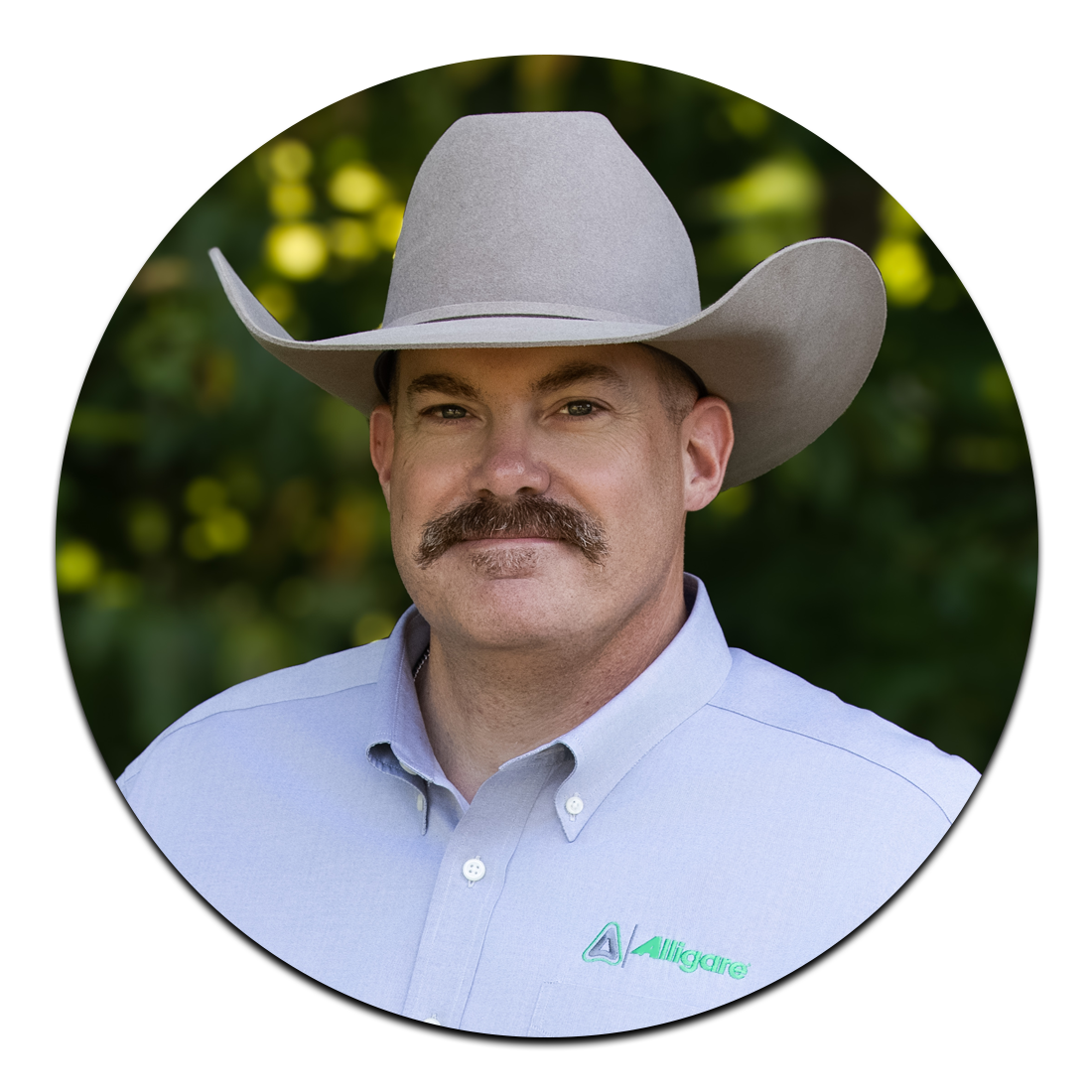
As spring starts to approach and forages start to show life once again, so do the weeds. One broadleaf weed in particular is poison hemlock, which can spell disaster for your grazing livestock if not recognized and immediately dealt with.
Understanding the Dangers of Poison Hemlock for Your Cattle
Poison hemlock, a biennial plant, is highly toxic and poses a significant risk to your cattle if ingested. It contains a variety of toxic compounds, including coniine and gamma-coniceine, which can cause paralysis and even death in livestock. The plant is most dangerous during its early growth stages, when it can be easily mistaken for edible plants, such as carrots or parsley.
Cattle that consume poison hemlock may exhibit symptoms such as drooling, trembling, and difficulty breathing. In severe cases, it can lead to respiratory failure and death. It's crucial to be aware of the dangers posed by this plant and take necessary steps to control its presence in your grazing pastures.
Identifying Poison Hemlock in Your Pastures
Proper identification of poison hemlock is essential for effective control. The plant has distinct features that can help differentiate it from other similar-looking plants. Poison hemlock typically grows up to six feet tall and has hollow, purple-spotted stems. Its leaves are fern-like and finely divided, resembling parsley leaves. The plant produces small white flowers, arranged in umbrella-shaped clusters, which bloom from late spring to early summer.
To accurately identify poison hemlock, it's recommended to consult with a local agricultural extension office or a trained botanist. They can provide guidance and resources to help you identify and distinguish the plant from other harmless plants in your pastures.
Utilizing Chemical Control Options for Effective Poison Hemlock Eradication
Chemical control is often an effective method for eradicating poison hemlock from your grazing pastures. Herbicides containing active ingredients such as aminopyralid (Gunslinger AMP), clopyralid (Prescott), or triclopyr (Prescott and Cleargraze), are commonly used for this purpose. It's important to carefully follow the instructions provided by the herbicide manufacturer and ensure the product is labeled for use on pastures and safe for your livestock.
When applying herbicides, targeting the poison hemlock plants during their early growth stages, typically in the spring or early summer, is recommended. Apply Gunslinger AMP, Prescott, or Cleargraze before poison hemlock reaches its flowering (reproductive) stage. Once poison hemlock starts to bloom, it becomes hard to control and truly too late as new seed is present. Poison hemlock, in its early vegetative stage, is the most vulnerable and actively growing, which allows it to take in the herbicide much easier.
It's also crucial to monitor the effectiveness of chemical control methods and reapply herbicides as needed. Some poison hemlock plants may require multiple treatments for complete eradication. Regular inspections of your pastures and prompt action can help prevent the spread of this toxic plant and protect your cattle. You may have to remove grazing cattle off the pasture if the poison hemlock population is greater than available forages.
Preventing the Spread of Poison Hemlock in Your Pastures
Preventing the spread of poison hemlock is essential in maintaining the safety of your grazing pastures. Here are some preventive measures you can take:
- Implement a regular pasture management plan that includes scouting early, using residual herbicides, such as Gunslinger AMP or Prescott, and managing the grazing to keep the grasses and desirable plants healthy and dense. This reduces the available space for poison hemlock to establish and grow.
- Practice rotational grazing to prevent overgrazing in specific areas which can create favorable conditions for poison hemlock to thrive.
- Monitor and promptly remove any poison hemlock plants that appear in your pastures. This can be done by using the appropriate herbicides mentioned in point 1.
- Work with your Alligare Range & Pasture specialist and local agricultural authorities to raise awareness about the dangers of poison hemlock and encourage collective efforts to control its spread.
By implementing these preventive measures and staying vigilant, you can effectively control the presence of poison hemlock in your pastures and safeguard the health of your cattle.


